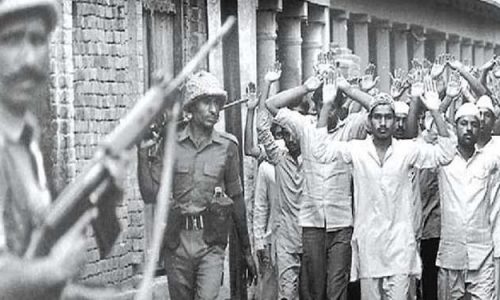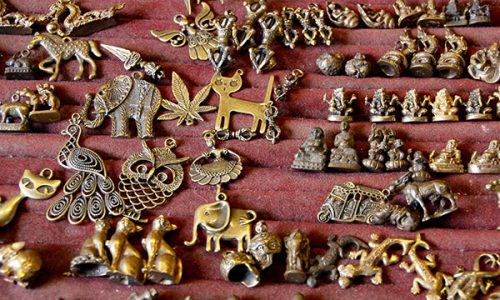Moradabad History
Moradabad History

Moradabad city, situated on the banks of the Ramganga river, in Moradabad district, Uttar Pradesh, India, at a distance of 167 km from the capital, New Delhi, and 344 km north-west of the capital Lucknow. Moradabad district may be a part of the Moradabad Division.
It was founded by Rustom Khan in 1625 and was named after prince Murad Bakhsh, the youngest son of the emperor. Rustam Khan was the governor of Katehar under the Mughal emperor, Shahjahan. In 1740, Ali Mohammed Khan annexed Moradabad into the dominion of Rohilkhand.
In 1774 after the autumn of Rohillas within the First Rohilla WarThe city came under the control of Awadh State and in 1801, Nawab of Awadh ceded it to British EIC ( East India Company).
Moradabad became the headquarter when the Rohilkhand area was divided among two districts – Bareilly and Moradabad within the early nineteenth century. During the latter half the nineteenth century, Moradabad was connected with railway lines. In 1872, Moradabad was connected to Chandausi and in 1873 , the connection was extended up to Bareilly.. In 1894, the Bareilly-Moradabad via Rampur was completed and was extended in 1886 to saharanpur. In 1900, Moradabad was linked to Ghaziabad. Moradabad is the divisional headquarters of Northern Railway,is one among the 18 Railway zones of India and therefore the northernmost zone of the Indian Railways. Throughout history, the town has attracted eminent musicians, dancers and painters who have contributed to the culture.
Since the town is legendary for its brass handicrafts industry, it’s famously referred to as ‘Pital nagri’ ( the brass city).
